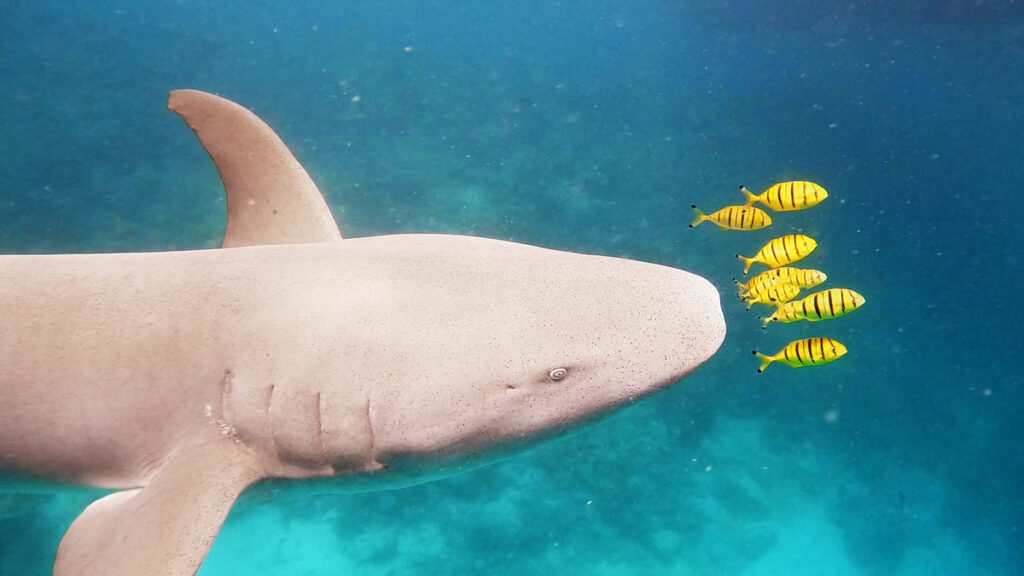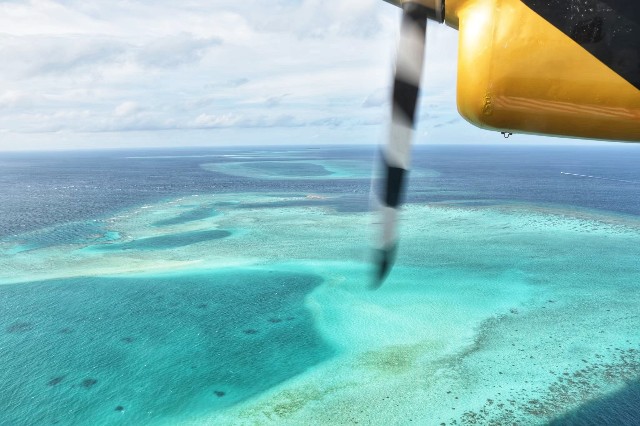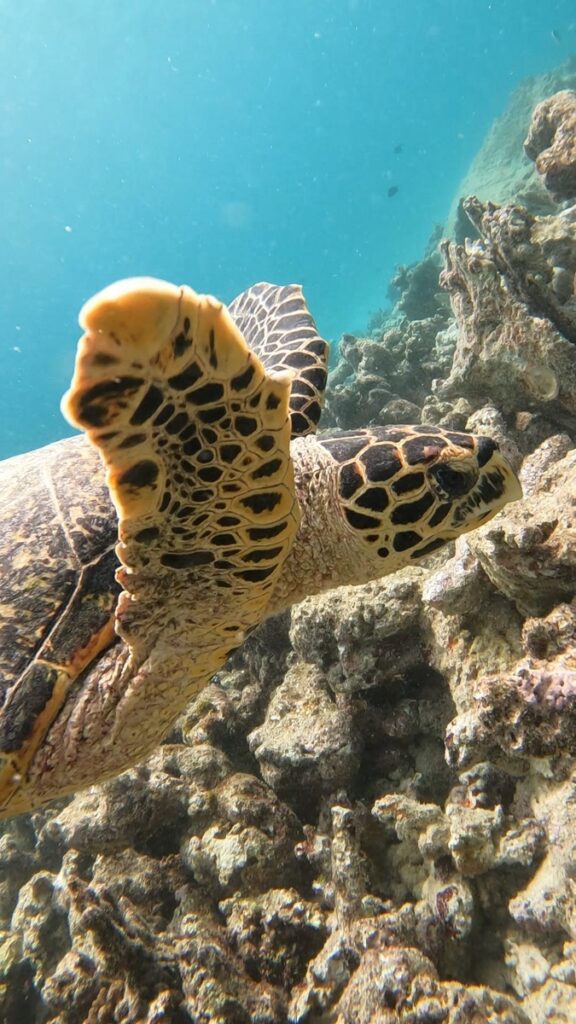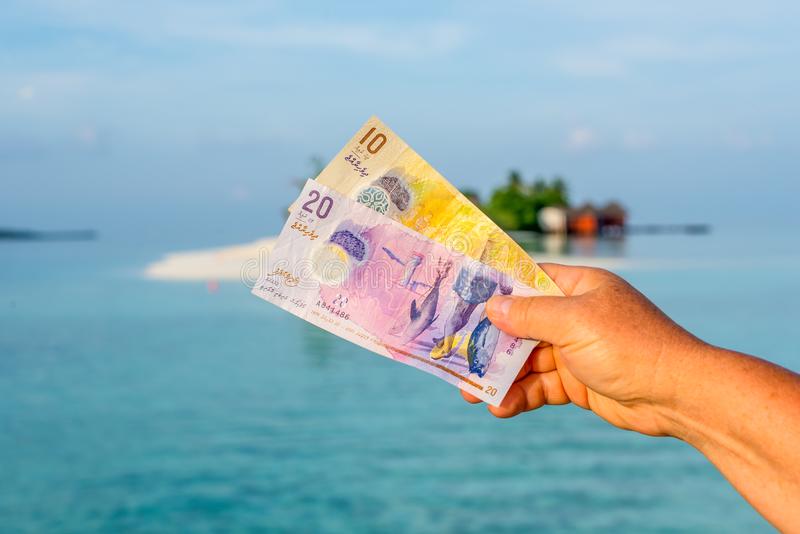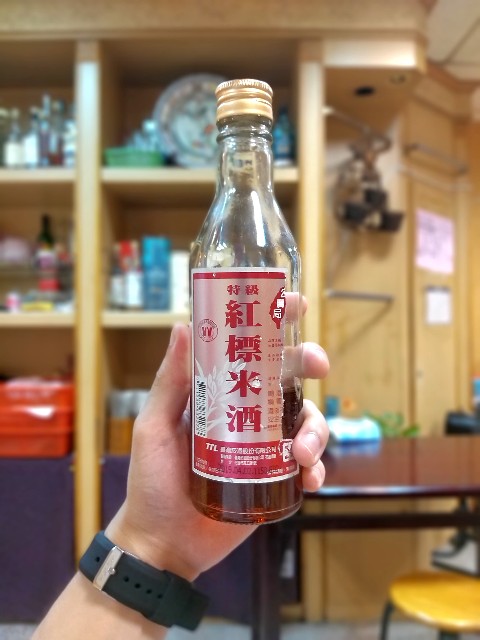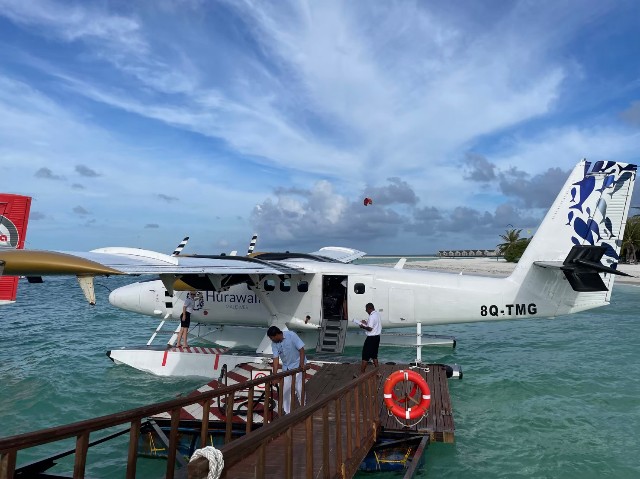
It’s well known that in the Maldives, a strict Islamic state, the consumption of alcoholic beverages is prohibited in almost all areas except for resort islands. Therefore, it’s fair to say that it’s nearly impossible to obtain alcohol in the Maldives outside of resorts and floating bars (bars on boats). However, did you know that even in such a Maldives, it’s possible to obtain drinks that resemble alcohol outside of resorts?
To be more precise, these “alcohol-like” drinks are actually difficult to obtain at resorts and are now rare traditional drinks that can only be found on a few local islands. As mystery alcohol hunters who secretly operate, we were thoroughly intrigued by such mysterious drinks. In this article, we’ll share the cultural insights we gained and learned from encountering and actually tasting “alcohol-like” drinks on a local Maldivian island.
Let me reiterate that what we’re introducing in this article is just a traditional “alcohol-like” beverage. However (as we’ll explain in detail later), it’s also a kind of dangerous drink that could become “alcohol” if handled incorrectly. The consumption and possession of “alcohol” containing a certain amount of alcohol is strictly prohibited in Maldivian residential areas. I myself am firmly opposed to illegal drinking within the Maldives. With this stance clearly stated, I want to share the disappearing local traditional culture and explain the correct way to handle traditional drinks.
[:contents]
The Maldivian Traditional Drink “Ruku Raa”
What we encountered locally this time is a traditional Maldivian drink called “Ruku Raa”. To put it in easily understandable terms, it might be called coconut water. However, it differs greatly in ingredients, production method, and flavor from what Japanese people imagine when they hear “coconut water”.

Ruku Raa is made by specialists called Raa Veriyaa. They climb palm trees and collect the raw material for Ruku Raa near the top of the tree. In addition to being a high-altitude task, it requires advanced skills, so the number of technicians has been decreasing year by year, and it’s now said to be an endangered traditional industry.

By the way, palm trees themselves grow abundantly on local islands, and coconuts are scattered around the palm trees. So why is it necessary to climb the trees to collect the raw material?


The True Identity of Ruku Raa is Coconut Palm Sap
In fact, the true identity of Ruku Raa is not the coconut fruit, but the sap extracted from the stem of the coconut palm. That’s why it’s necessary to climb to the top of the tree to collect the sap, and why the taste differs greatly from typical coconut water.
When collecting the sap, a container made from a coconut shell is attached to the base of the palm tree’s stem, and a machete is used to wound the base of the flower. Ruku Raa is obtained by collecting the sap that drips from there into the container. Scraping the palm bark, which is said to be harder than fur, at an unstable height to collect sap is an extremely difficult task, so it’s no wonder there’s a shortage of successors.
By the way, some foreign articles introduce it as the palm “flower”, but I didn’t quite understand that, so I’m introducing it as the “stem” (I apologize if this is botanically inaccurate). In essence, it would be great if you could roughly understand it as the area where the palm leaves are growing from, around where the coconuts are growing.
Incidentally, the sap obtained in this way, and the alcohol made by processing it, is called “Toddy” in English-speaking areas. Since Ruku Raa is a word in the local Dhivehi language, it’s better to use words like “Toddy” or “Toddy Water” when explaining to foreign staff.
Obtaining Ruku Raa on a Local Island

And during this coverage, we finally encountered Ruku Raa. Actually, during our previous visit to the Maldives, we were already highly interested in Ruku Raa, but apparently, it required pre-ordering, so we couldn’t obtain it. This is understandable due to the labor shortage in this traditional industry. This time, learning from that experience, we had placed an order a few weeks in advance with the cooperation of our guesthouse, so we were able to easily obtain the long-awaited Ruku Raa.
By the way, this plastic bottle is a common drinking water bottle in the Maldives. Ruku Raa’s selling point is its freshness, and its taste changes dramatically from the day it’s collected, making it difficult to package and sell in supermarkets. The Ruku Raa provided to us this time was freshly collected that day, allowing us to taste it in its freshest state.
How was it?
In this article, we introduced the mysterious local Maldivian drink “Ruku Raa”. In the next article, we’ll write in detail about our impressions after actually drinking it, and the surprising changes that occurred after letting it sit for a few days.
